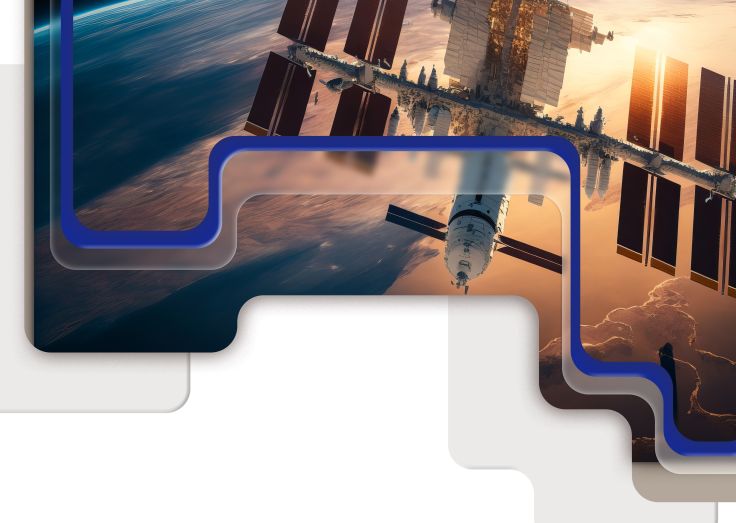How Will Non-terrestrial Networks Change in 2024?
- Published
- 4 min reading
Where is the global telecommunications network growing most rapidly? In space. Over the past couple of years, we can observe a significant reduction in space operations prices thanks to private sector companies. Nowadays, it is not only cheaper to deploy something in space, it is also cheaper to maintain it there. What does this mean for the future of telecommunications?
What are non-terrestrial networks?
We can see an increase in the number of satellites providing access to services formerly available only through terrestrial infrastructure. With the number of network elements constantly growing, we can finally talk about creating whole networks in space, known as non-terrestrial networks (NTN). By definition, a network is a combination of multiple elements interconnected with each other. In terms of satellites, this means that the equipment operating in space is no longer just a simple bridge connecting user devices to the hubs located on the surface.
Elements placed kilometers above our heads are interconnected with each other and rely on their own storage and computing power to perform operations. This principle is not limited to the satellites. The same concept applies to solar-powered high-altitude platform stations (HAPS), such as high-altitude planes and balloons, for multi-access edge computing (MEC) and interconnectivity purposes. These elements will significantly impact the latency and throughput of the networks that will eventually be accessible anywhere on the globe.
Managing non-terrestrial networks
Changes in hardware introduce new software challenges. At the moment, network management software focuses primarily on optimization and monitoring of the terrestrial infrastructure. It is not yet completely suited for in-space networks. Meanwhile, the space segment is a rapidly growing part of the network under the governance of OSS and BSS platforms.
The requirements for NTN are similar to those for modern mobile networks. The aim is to optimize the connection between network elements on the fly. Standardization bodies such as ORAN and 3GPP are expected to adapt mobile sector optimization techniques to the NTN segment and enable effective management and billing in the near future. Orbital networks impact the whole OSS and BSS landscape. It is just a matter of time until user devices can automatically switch between terrestrial and space networks.
Are you interested in other trends that will redefine telecommunications as we know it today? Download our free ebook, entitled "Pushing the Boundary: Innovation Forecast for the Telecom Industry in 2024 and Beyond," and be ready for upcoming developments.




